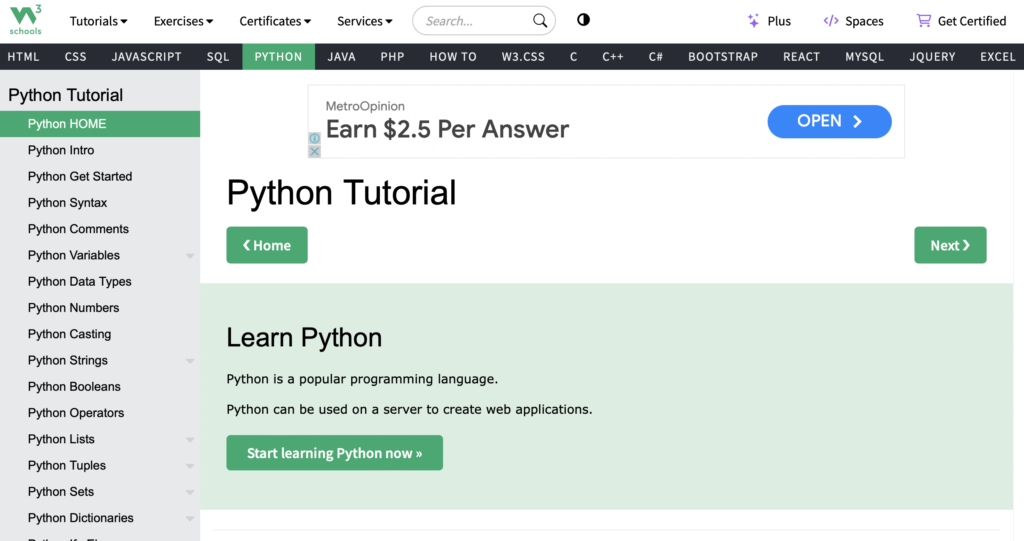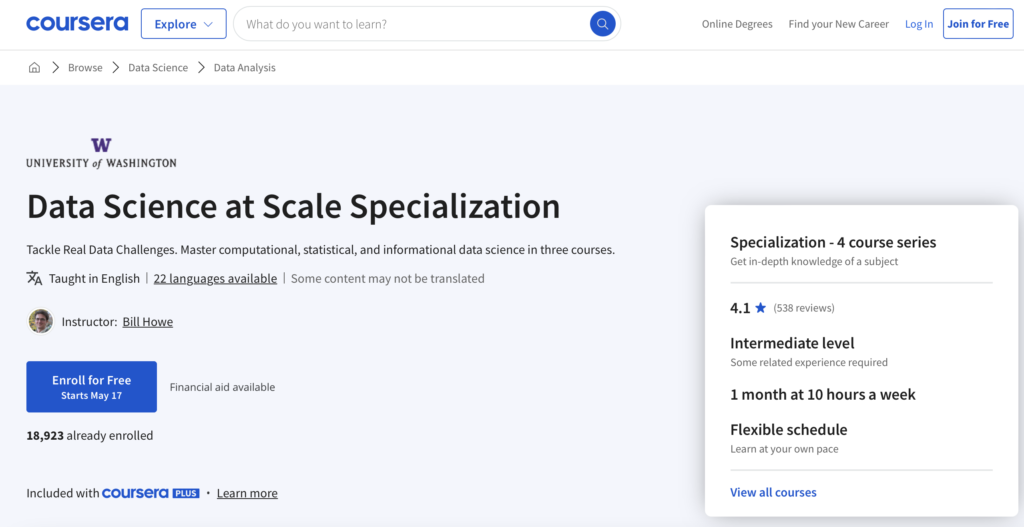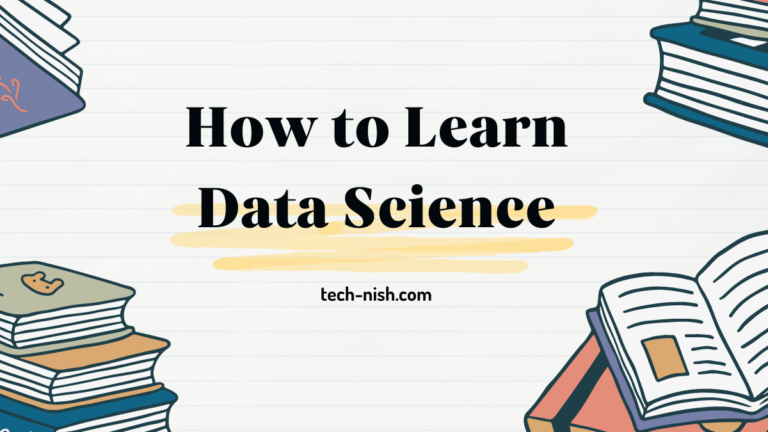How to Learn Data Science
Data science is a dynamic and rapidly growing field that merges statistics, computer science, and domain-specific knowledge to analyze and interpret complex data. Whether you’re starting from scratch or aiming to advance your skills, this guide will help you navigate the path to becoming a proficient data scientist. Here’s how to get started to learn How to Learn Data Science below…
Table of Contents
1. Understand the Fundamentals
What is Data Science?
Data science involves collecting, processing, analyzing, and visualizing data to uncover patterns and make data-driven decisions. It draws on various disciplines, including statistics, computer science, and domain expertise.
Key Components
- Statistics and Probability: Essential for understanding data distributions and making inferences.
- Programming: Key languages include Python and R.
- Data Manipulation and Analysis: Using libraries like Pandas, NumPy, and SQL.
- Machine Learning: Developing predictive models to identify trends and forecast outcomes.
- Data Visualization: Creating graphical representations of data with tools like Matplotlib, Seaborn, and Tableau.
2. Build a Strong Foundation
Learn Programming
Start with Python, the most widely used language in data science due to its simplicity and powerful libraries. Focus on:

- Basic Syntax and Data Structures: Learn about lists, dictionaries, sets, and tuples. Websites like W3Schools provide good tutorials.
- Key Libraries: Pandas for data manipulation, NumPy for numerical computations, and Matplotlib/Seaborn for data visualization. Refer to resources like Pandas Documentation and NumPy Documentation.
Study Mathematics
A solid understanding of mathematics, especially statistics and linear algebra, is crucial. Focus on:
- Descriptive Statistics: Measures such as mean, median, mode, variance, and standard deviation. Khan Academy offers excellent courses on these topics.
- Probability: Fundamental concepts and probability distributions.
- Linear Algebra: Understanding vectors, matrices, and their operations. 3Blue1Brown on YouTube provides intuitive explanations.
3. Gain Practical Experience
Work on Projects
Applying your knowledge to real-world problems is essential. Consider these project ideas:
- Analyzing datasets from platforms like Kaggle.
- Building predictive models, such as recommendation systems or fraud detection models.
- Creating data visualizations to communicate insights effectively.
Participate in Competitions
Join data science competitions on platforms like Kaggle, DrivenData, or Analytics Vidhya. These challenges provide real datasets and problems, helping you practice and improve your skills.
4. Utilize Online Resources
Take Courses
Numerous online courses cater to different skill levels. Some popular platforms include:

- Coursera: Offers courses from top universities like Stanford and the University of Michigan. Check out their Data Science Specializations.
- edX: Provides courses from institutions like MIT and Harvard. Explore their Data Science courses.
- Udemy: Features a wide range of courses with various pricing options. Search for Data Science courses on Udemy.
Read Books and Blogs
Reading can deepen your understanding. Some recommended books are:
- “Python for Data Analysis” by Wes McKinney. Available on Amazon.
- “Hands-On Machine Learning with Scikit-Learn, Keras, and TensorFlow” by Aurélien Géron. Find it on Amazon.
- “The Elements of Statistical Learning” by Trevor Hastie, Robert Tibshirani, and Jerome Friedman. Accessible on Springer.
Follow blogs like Towards Data Science, KDnuggets, and Data Science Central to stay updated with the latest trends and techniques.
5. Network and Collaborate
Join Data Science Communities
Engage with the data science community through forums, social media, and local meetups. Platforms like Reddit, Stack Overflow, and LinkedIn have active groups where you can ask questions, share knowledge, and collaborate on projects.
Attend Conferences and Workshops
Events like the Strata Data Conference, PyData, and local data science meetups provide opportunities to learn from experts, discover new tools and technologies, and network with peers.
6. Practice Consistently
Consistent practice is key to mastering data science. Here’s how to stay on track:
- Daily Coding: Dedicate time each day to code and solve problems. Use platforms like LeetCode for coding practice.
- Continual Learning: Keep up with new algorithms, techniques, and tools.
- Review and Improve: Regularly review your work, seek feedback, and make improvements.
Conclusion
Learning data science is a rewarding journey that requires dedication, curiosity, and continuous effort. By building a strong foundation in programming and mathematics, working on real-world projects, utilizing online resources, networking with the community, and practicing consistently, you can develop the skills needed to excel in this dynamic field. Embrace the challenge and enjoy the process of becoming a proficient data scientist. How to Learn Data Science.
Learn more about online learning Here...